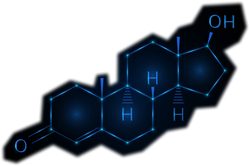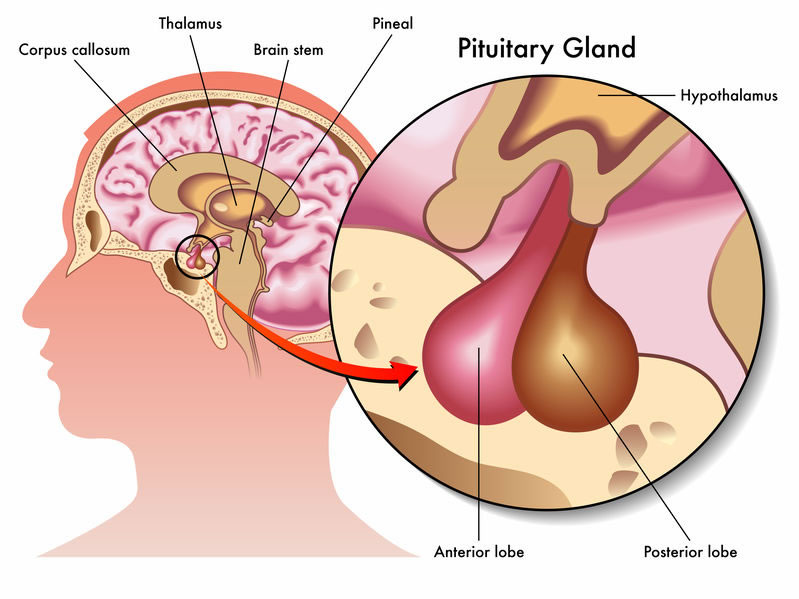The HPG Axis
- At the top of the axis (the hypothalamus), neurochemicals regulate the production and release of Gonadotropin-releasing hormone GnRH.
- GnRH stimulates the release of follicle-stimulating hormone (FSH) and luteinizing hormone (LH) from the pituitary gland. This is stimulated by aspartic amino acid (supplementation with d-Aspartic acid is known to stimulate testosterone production).
- LH and FSH travel in the blood to the testes, and regulate sperm cell production, as well as production and release of testosterone.
- LH binds to the Leydig cells in the testes and increases the expression of steroidogenic acute regulatory protein (StAR)
- StAR promotes the transfer of cholesterol to the inner mitochondrial cell membrane and initiates the production of testosterone . Cholesterol is first converted to a steriod called pregnenolone by the action of a cleaving enzyme called P450scc. Pregnenolone is produced mainly in the adrenal glands, the gonads, and the brain (Pregnenolone improves cognitive and memory function). But the Pregnenolone in the testes undergoes further steroid metabolism (the Δ4 pathway), resulting in production of 17α-hydroxyprogesterone and androstenedione, a precursor to testosterone and estrone.
There is a complex cascade of events that produce testosterone. StAR is a transport protein that regulates cholesterol transfer within the mitochondria. This is the rate-limiting step in the production of testosterone.
- One interesting study linked the flavanoid apigenin to greatly increasing the sensitivity of the leydig cells in the testes. Parsley is packed with apigenin (celery, celeriac, cherries and chamomile tea also have good levels).
- Alcohol blocks the activity of StAR, which explains why drinking too much can lower testosterone levels in men.
- Virgin Olive oil increases the activity of the 3beta-HSD and 17beta-HSD enzymes. These are involved in the manufacture of testosterone. Olive oil also raises the concentration of the body's own antioxidants in the Leydig cells, which produce testosterone. There is a strong relationship between diet, the amount of free cholesterol in the Leydig cells and testosterone levels.



